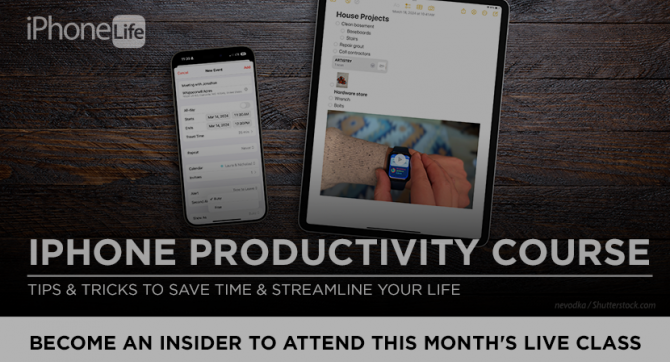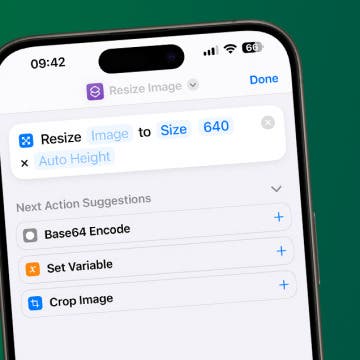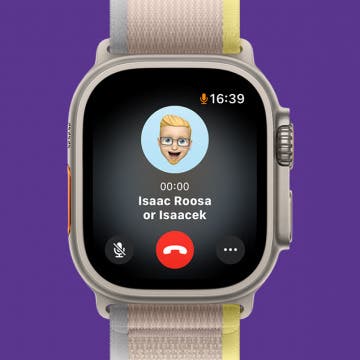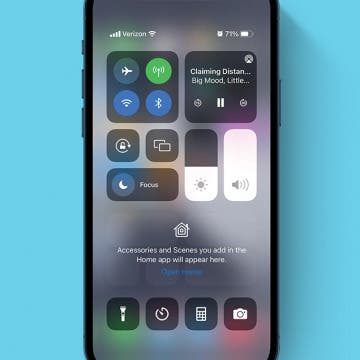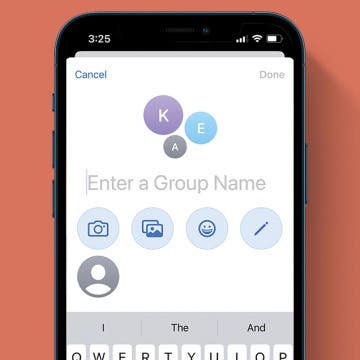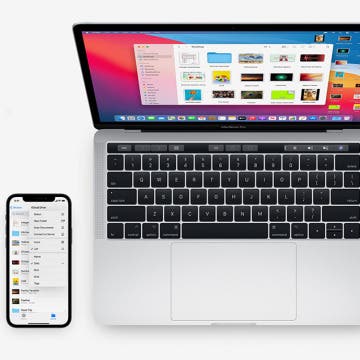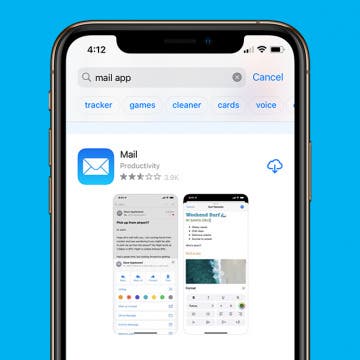I’ve finished (thoroughly) testing my six A2DP headphones with the new Bluetooth stereo support of iPhone OS 3.0 (OS3 for short), along with their traditional mobile phone headset functionality.
(the stereo headphones, all paired with my iPhone)
(in-call view: as can be seen, you can dynamically switch from the Bluetooth headset to the iPhone. In this regard, the operating system is far more versatile than Windows Mobile, Blackberry or Symbian S60, which don’t allow for this.)
A little bit of letdown: A2DP (stereo Bluetooth) previous / next don’t work in OS 3.0
First and foremost, OS3’s AVRCP (Bluetooth remote control allowing for pausing / advancing / rewinding) doesn’t support stepping to the next song or going back to the start of the current / previous one. All it (partially) supports is pausing and resuming. Of course, even this is definitely more than nothing; let me point out that Nokia’s S60 operating system doesn’t support pausing/resuming in a lot of contemporary, popular stereo headphones like those of Plantronics (except for their latest models). In addition, you’ll use pause / resume most of the time and not previous / next. (Just make sure you create playlists that don’t contain songs you don’t want to listen to; then, you won’t need “skip to the next song” to quickly step over unwanted songs.) Additional, similar user reports are HERE and HERE. Even some A2DP headphones manufacturers state (see for example THIS; click the iPhone icon and look for the “iPhone OS 3.0:” section) the same (in this case, without mentioning this is a generic problem with OS3 also applying to all the available A2DP headphones).
I encountered no problems with the following headphones in playing back/pausing music and answering/closing calls from the headphone:
Motorola HT820 (model D),
Gear4 BluPhones,
Plantronics Pulsar 590.
With the Cellink BTST-9000-D and the Plantronics Voyager 855, pause/resume doesn’t work at all. With the former (Celling), it only started to work after conducting a call; with the Plantronics 855, not even after that. Incidentally, it is always hard to initially make the Cellink work with the iPhone: when you connect the headphones to the iPhone, it takes some minutes (and several volume up/down presses until the actual A2DP sound transfer starts).
The Altec (Plantronics) 903 / 906, which I currently consider the best A2DP headphones I know and have tested (this doesn’t mean there may not be better models out there!), seems to be pretty strange. At first, it worked OK. At my second attempt, it connected to my Nokia N95 first. After this, it wouldn’t work with the iPhone any more: while pause / resume worked, there was no sound transfer and the in-call headset functionality didn’t work either. I’ll definitely return to the problem after asking the Altec folks about the latest firmware for the headphones. (I, since I’ve received the headphones in February, at MWC, have an early firmware on the headphones. This early firmware has caused me major problems in the past – after I’ve paired with the desktop Windows 7 on my IBM Thinkpad t42p and also enabled A2DP between the two devices, it required a full reset to make it work again.)
I’ll still return to the question of A2DP outdoor stability and usability as some people reported they have problems with it. In my tests, I haven’t encountered similar problems with headphones (e.g., the Plantronics 590) not suffering from drop-outs in environments where fading etc. seriously degrades the wireless sound quality during transmission causing consequent drop-outs, stuttering and pauses with headphones with less sensitive, lower-quality radios (e.g., the Gear4 BluPhones).
For the time being, however, you can safely shop for at least the above-mentioned and problem-less models. And, as mentioned, I’ll post an update on the best buy (in my opinion), the Altec (Plantronics) 903 / 906.
Recommended, related articles
Altec (Plantronics) 903 / 906 review
A REAL, MULTIPLATFORM Bluetooth stereo (A2DP) headphones roundup: FIVE headphones
UPDATE (06/24/2009 23.47 CET):
1.) Unfortunately, there’s a lot of misinformation surrounding the A2DP support of OS3. For example, PCMag has published the following:
“One new feature, stereo Bluetooth, bombs. Music on our Altec Lansing BackBeat headphones was so full of hisses and distortion it was laughable—almost as if Apple was saying, "This is why we hate stereo Bluetooth." The headphones weren't the problem, as the same music files sounded much better on a BlackBerry Storm.”
As you may have guessed, this is far from the entire truth. Anyone knowing a little bit of stereo Bluetooth in general knows one shouldn’t judge a given handset based on a test with only one pair of BT stereo headphones. An example: most? all? Nokia S60 phones don’t support the pause / resume functionality of older Plantronics A2DP models. Based on only one test (with, say, the Plantronics 590), a reviewer could only say “Hey, the N95 is really bad because it doesn’t support pausing / resuming!” Which isn’t true because there are headsets (for example, the Altec Lansing BackBeat 903/906) where the pause/resume is supported.
Not to mention I couldn’t discern any “hisses” or “distortion” with the sound produced by the BackBeat. There was some distortion of the highs compared to the sound of some other headphones (for example, the Pulsar 590), but this could easily be explained by the 590’s strong cutting (not really playing back) the highs. One thing is certain: the BackBeat + iPhone 3G combo sounds way better than pre-WM6 Windows Mobile phones / PDA’s equipped with the Microsoft Bluetooth stack. There is no comparison. There definitely isn’t “laughable” “hiss” and “distortion” compared to other mobile platforms (or, using the built-in A2DP support of Windows 7) either. I’m not sure whether the author of the PCMag article, Sascha Segan, has a single pair of A2DP headphones or has ever tested the A2DP support on other, alternative platforms with more than one pair of headphones. I seriously doubt it. All in all, just ignore what he says on the matter.
Let’s turn back to the BackBeat. Today, I’ve made a lot of long-time tests with it and, during them, I’ve found out something of real interest.
When playing back anything streamed (and you stream via Wi-Fi and not 3G – that is, the cellular connection) in both the built-in YouTube client and third-party apps like netTV Lite, all my other headphones (except for the Voyager 855, which I didn’t test in this respect) introduce severe skippings and pauses. (Here, under “pauses”, I mean completely missing audio sometimes for seconds, while the video is played back without problems.) Also, for some reason, loading (pre-catching) YouTube files seems to be much-much slower than without any A2DP headphones or with the BackBeat – all this using the same access point and under exactly the same circumstances. With the BackBeat, I have never run into any serious skippings or long(er) pauses. (I’ve only encountered two short [about 0.2 sec] pauses during the 3-4 hours I’ve spent on playing back YouTube clips.)
As soon as the YouTube files are fully re-cached, skips stop with the other headphones. This may mean it’s the Bluetooth aerial unit that is trying to take over the Wi-Fi aerial unit – as was the case with several, older Windows Mobile phones before Bluetooth 1.2. These old WinMo PDA’s, generally, either completely disabled using Bluetooth and Wi-Fi at the same time or have resulted in major performance problems (heavily decreased Wi-Fi and Bluetooth speed) when enabling them both. I think the stuttering problem while, concurrently, downloading / streaming via Wi-Fi with the iPhone may be related to this.
Frankly, I don’t know why the BackBeat behaves much-much better than my other headphones.
2.) I’ve benchmarked (with the “Benchmark” app in the AppStore) the CPU usage of A2DP. It’s acceptable: while playing back AAC songs in iPod via the speaker, the speed of the iPhone 3G decreases to 84% and doing the same via Bluetooth A2DP results in around 70%. That is, there is some CPU usage – but, fortunately, nowhere as large as with, say, Samsung CPU’s on Windows Mobile, where A2DP could easily result in taking no less than 50% of the CPU cycles on the 400 MHz models.
3.) Two minor corrections of my original article:
- with Symbian S60, you can dynamically change the sound output hardware; it’s only Windows Mobile that you can’t do this
- the pause/resume function does work with the Voyager 855. That is, in my tests, only Cellink’s (otherwise, pretty bad) headphones didn’t work together with the iPhone 3G.
BTW, speaking of the skips in Bluetooth while streaming via Wi-Fi (e.g., playing back YouTube), there is absolutely no skips or pauses with, for example, the HP iPAQ 210 Windows Mobile Classic Pocket PC having version 2-compliant Bluetooth. That is, these skippings are definitely not the problem of the headphones.

UPDATE (06/25/2009 13:47CET): I’ve continued playing with the A2DP in OS3, all this on a non-jailbroken iPhone 3G.
1.) I’ve thoroughly tested the Plantronics Voyager 855 to check whether it has annoying pauses / stuttering while playing back Wi-Fi content. While there are very short (0.1…0.3s), occassional pauses, only 1-2 happens at most every 2-3 minutes; that is, they’re completely acceptable.
2.) The audio quality of the Altec Lansing BackBeat 903 / 906 is in no way worse than that of the other A2DP headphones. I’ve done some serious tests with THIS (stereo; if you play it back it on Symbian / Windows Mobile under CorePlayer, make sure you choose H264 – High quality for it to be played back in stereo).
Pay special attention to the highs. On headphones with bandwidth-limited highs (e.g., the Pulsar 590), use the equalizer (I’ve used this in CorePlayer) to boost them so that the headphones become fully comparable to the headphones having good highs without any boosting (e.g., the Voyager 855 or the Altec Lansing BackBeat 903/906). Yes, they are indeed more distorted on all headphones (particularly the in no way recommended Cellink one) and on all A2DP-capable phones (I’ve tested this, in addition to the iPhone 3G, on the Windows Mobile 6-based HP iPAQ 210 PDA) – unfortunately, you have to live with this. Being without wires that have certain disadvantages you just can’t fight – in addition to the somewhat less battery life (which I’ll try to test on the 3G some day), the somewhat distorted highs. They, however, aren’t THAT bad – I certainly prefer the somewhat worse sound quality to wires.
To check for the well-known aliasing distortion common to the Microsoft Bluetooth stack prior to Windows Mobile 6, use THIS clip, and, in addition to the highs during playback, pay special attention to the doublebass in the first 5-10 seconds of the song. It’s mostly there that aliasing could easily be heard. (If you can’t imagine what it sounds like, I recommend giving a try to a pre-WM6 Windows Mobile PDA or phone with the MS BT stack supporting A2DP.) No such effect on the iPhone – and, of course, not with the Altec Lansing BackBeat 903 / 906.
3.) I’ve re-run the Wi-Fi streaming + BT A2DP playback tests on my HP iPAQ 210 with all my A2DP headphones, just to be on the safe side. No pauses in the sound at all, unlike with the iPhone 3G (with the latter, except for the Voyager 855 and the Altec Lansing BackBeat 903/906, of course).
Bottom line: it seems the iPhone 3G, unlike most other contemporary, A2DP-enabled mobile phones, has major Bluetooth A2DP and Wi-Fi streaming compatibility problems. If you do plan to watch / listen to YouTube / radio or TV stations, double check the A2DP headphones you want to buy for your iPhone 3G by playing back some YouTube clips and watching some TV stations (for example, in the free netTV Lite) to see whether there are sometimes some second-long drops and pauses in the sound. If there are, never ever get the particular model. These, after my tests, include the Motorola HT820 (at least model D), the Gear4 BluPhones, the With the Cellink BTST-9000-D and the Plantronics Pulsar 590 (as opposed to what THIS JKOnTheRun article states – they’ve only tested playing back local and not streamed contents; this is why they haven’t noticed the Wi-Fi streaming problem). Currently, I can only say the Plantronics Voyager 855 and the Altec Lansing BackBeat 903/906 are the only models I’m absolutely sure will flawlessly work with the iPhone 3G. I think this all is related to some newer technology used by these two new models (BT 2.0 EDR maybe?), which the older / other headphones aren't capable of.
Again, this only applies to playing back streamed contents (YouTube, online radio, TV etc.) over Wi-Fi (but NOT the cellular!) and not local files in iPod or listening to in-game music. Listening to local content and streaming over cellular (GPRS / EDGE / UMTS / HSDPA) is 100% OK on headphones pretty much useless when streaming over Wi-Fi.
(BTW, as far as the Altec Lansing BackBeat headphones are concerned, after repairing it with the iPhone, the initial problem I’ve explained in my first article was gone.)
And now, for something entirely different: the play/pause headphones button starts / stops the playback of the last song in the iPod app, unless you use an app (e.g., the built-in YouTube client) which overrides this functionality. That is, if you use YouTube, the button will start/stop the YouTube playback and not that of the iPod. In a game or a Tv streaming client like netTV Lite, it’s the iPod playback that will be (re)started. Unfortunately, with netTV Lite, the sound of the currently streaming channel won’t return after you stop iPod playback – you’ll need to exit the channel and restart it.
UPDATE (06/26/2009): In the meantime, another, major problem has been found out: the encoding lag.
This means if you play back any kind of video (either streamed – including YouTube – or local) using A2DP (stereo Bluetooth), the sound will be only heard about half a second (!) later than the video. Yes, the lag introduced by the A2DP encoding is THAT bad.
Give for example THIS clip a try. Pay special attention to John Krasinski’s short sentences (“right” etc.)
Unfortunately, this makes watching videos via A2DP almost completely useless. Needless to say, I’ve never encountered anything like this on competing, alternative mobile platforms (at least not on Windows Mobile). There, the engineers paid attention to synchronizing the video with the A2DP audio – unlike at Apple. Bad, very bad, Apple! Programmatically, delaying video playback couldn’t have been THAT hard...
If Apple doesn’t fix this, I’m afraid we’ll have to wait for video players with settable audio/video synchronization / lag settings to be released. For example, the very famous CorePlayer, which is slated for July-August this year (hope it’ll really be released – after all, it’s been promised for the iPhone well over a year…) – for a Cydia release (if Apple won’t let it into the AppStore). Too bad the YouTube support of the current, 1.3.2 version on other platforms is definitely inferior to the iPhone YouTube client, particularly in OS3 where you can read the comments / enter comments, can have access to your YouTube account and can see the other videos uploaded by the same user – all this isn’t possible in the (again, current) CorePlayer.
In the meantime, all you can do is going straight for a pair of headphones that comes with a 3.5 mm stereo Bluetooth dongle. The one coming with the BackBeat 906 (which, otherwise, also receives my highest recommendation because it doesn’t have any kind of Wi-Fi interoperability problem, unlike several other models) introduced much less lag than the native A2DP encoder of iPhone. The lag is certainly visible – but in no way as bad as with the built-in A2DP. Fortunately, the dongle has been made with the original iPhone in mind; this also means you won’t have problems connecting it to the 3G either if you have a case on it. (For example, I use the SwitchEasy Capsule Rebel case for my 3G, which, basically, only lets you insert the original 2G/3G headphones. The dongle coming with the BackBeat 906 inserts into the jack without problems.)
UPDATE (10/17/20009): iPhone OS 3.1.2 Bluetooth audio update, concerning both the 3G and the 3G S, posted HERE.

